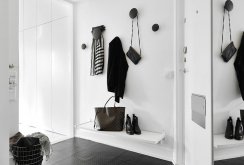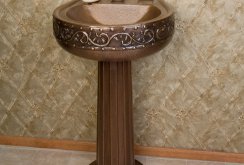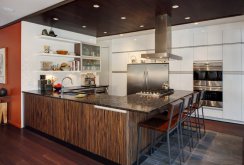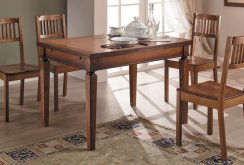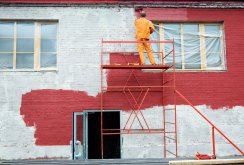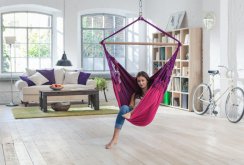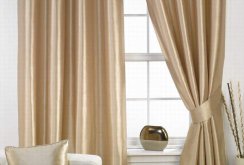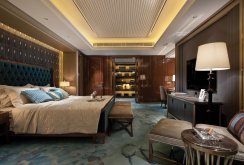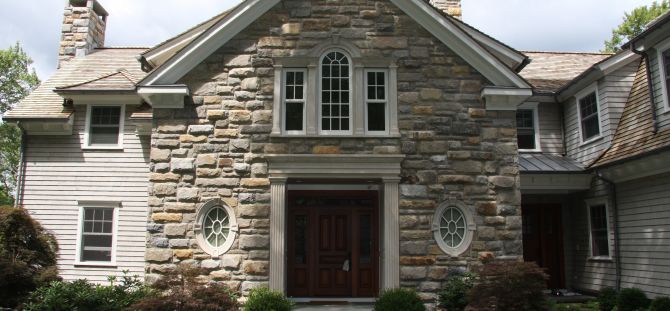 Front panels: stone or imitation (22 photos)
Front panels: stone or imitation (22 photos)
Facade panels made of stone are not only an excellent finishing material with aesthetic points of view, but also excellent protection against natural and mechanical influences.
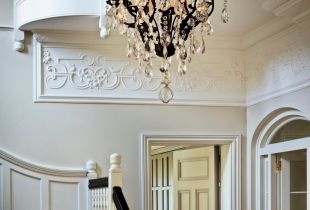 Warm plaster: on guard of warmth and comfort (24 photos)
Warm plaster: on guard of warmth and comfort (24 photos)
Warm plaster is an innovative, easy to apply and at the same time inexpensive composition that allows you to insulate walls and facades from any source material with your own forces.
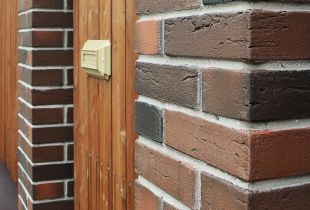 Bavarian masonry: classification, drawing, material (21 photos)
Bavarian masonry: classification, drawing, material (21 photos)
The unique and stylish Bavarian masonry is suitable for both the decoration of external walls and the cladding of internal rooms. The unique pattern will bring notes of chaos to life and fill the house with a cozy atmosphere.
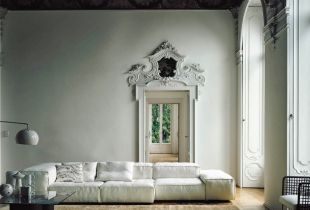 Stucco decoration in the interior and architecture: the nuances of use (24 photos)
Stucco decoration in the interior and architecture: the nuances of use (24 photos)
With the help of stucco molding during interior decoration, you can realize any ideas. The stucco decoration of gypsum, polyurethane, polystyrene is characterized by a wide variety of choices.
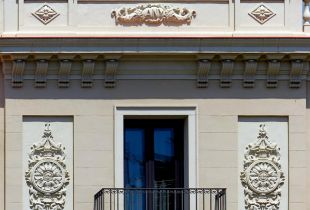 Facade decoration: stylish architectural decorations (25 photos)
Facade decoration: stylish architectural decorations (25 photos)
Facade decoration - the ability to transform the appearance of your home in accordance with your own ideas. A variety of materials and techniques will help realize the most daring ideas.
 Frameless glazing: features and benefits (24 photos)
Frameless glazing: features and benefits (24 photos)
An effective method of noise isolation and heat preservation in the apartment is the correct arrangement of the balcony. One of the new technologies for installing glass is frameless glazing, which has its own characteristics.
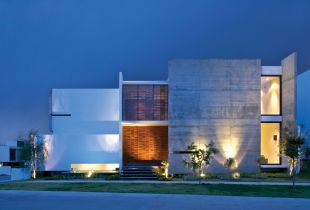 Facade decorative lighting: pros and cons (24 photos)
Facade decorative lighting: pros and cons (24 photos)
Varieties of lighting for architectural structures. How to organize facade lighting. Choosing the most suitable equipment to create the right illumination.
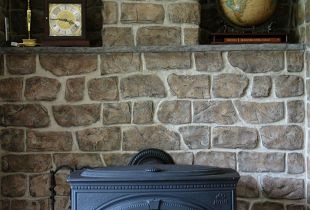 Stone stucco: a variety of shapes and textures (25 photos)
Stone stucco: a variety of shapes and textures (25 photos)
Masonry is always associated with safety and nobility. The use of artificial and natural stone is a laborious and expensive process. The best alternative to which is considered decorative stucco under a stone. The variety of shapes and textures ...
 Shutters in home decor: types and manufacturing (35 photos)
Shutters in home decor: types and manufacturing (35 photos)
According to the type of construction, the shutters are oar (two and single-leaf), folding and shutters-blinds. They are mounted on the windows outside, but can also be installed inside. Simple metal or wooden shutters can be made ...
 Decorative bark beetle plaster: description and application (29 photos)
Decorative bark beetle plaster: description and application (29 photos)
For the final decoration of internal walls and facades of buildings, plaster is most often used. The decorative bark beetle plaster is very popular. It has a beautiful textural appearance and does not require additional decoration. Herself...
 Christmas decoration of the facade - create a mood (58 photos)
Christmas decoration of the facade - create a mood (58 photos)
Each year brings new ideas and accessories to the collection of New Year's decor. This is not surprising, because the goal of each owner of the house is the extraordinary design of the facade for the new year. It is important that ...

 Warm plaster: on guard of warmth and comfort (24 photos)
Warm plaster: on guard of warmth and comfort (24 photos) Bavarian masonry: classification, drawing, material (21 photos)
Bavarian masonry: classification, drawing, material (21 photos) Stucco decoration in the interior and architecture: the nuances of use (24 photos)
Stucco decoration in the interior and architecture: the nuances of use (24 photos) Facade decoration: stylish architectural decorations (25 photos)
Facade decoration: stylish architectural decorations (25 photos) Frameless glazing: features and benefits (24 photos)
Frameless glazing: features and benefits (24 photos) Facade decorative lighting: pros and cons (24 photos)
Facade decorative lighting: pros and cons (24 photos) Stone stucco: a variety of shapes and textures (25 photos)
Stone stucco: a variety of shapes and textures (25 photos) Shutters in home decor: types and manufacturing (35 photos)
Shutters in home decor: types and manufacturing (35 photos) Decorative bark beetle plaster: description and application (29 photos)
Decorative bark beetle plaster: description and application (29 photos) Christmas decoration of the facade - create a mood (58 photos)
Christmas decoration of the facade - create a mood (58 photos)